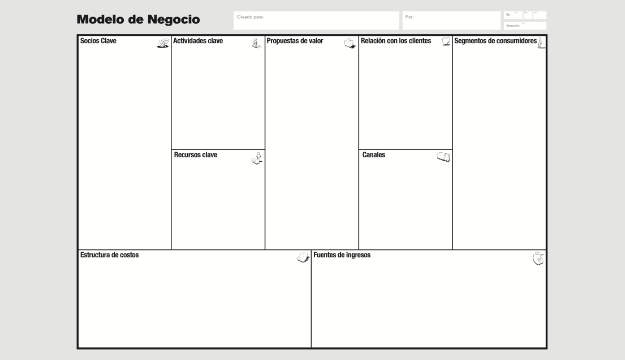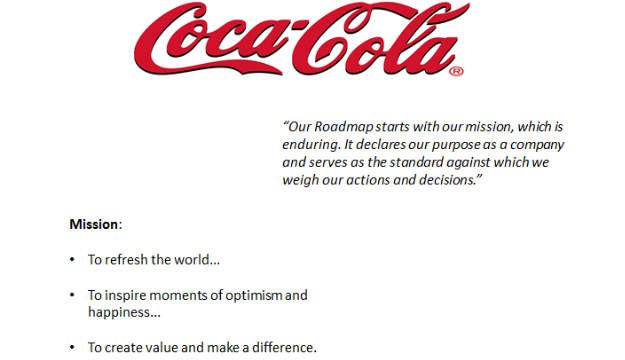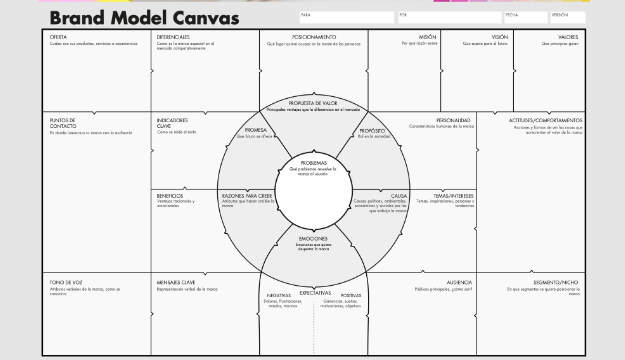Recently, I had the opportunity to work for a client in Germany, who had a project for an industry software services company.
An engineer, very kind and considerate, with a well-defined idea regarding the name of his brand, and certain values that the identity should reflect.
Although at the time I asked him for more strategic information fundamental to designing the identity, he had nothing else.

It lacked the vital support that generates great brands; vision, mission, brand statement, brand personality, differential, business and marketing objectives, among others.
A few conceptual references.
Moreover, when we told him that he didn’t have a slogan to integrate into the logo either, he simply gave us the German phrase “product software”. A complete generic!
On the other hand, his idea was that the result of the brand would be powerful and distinctive.
How is it possible to create something unique without sufficient information?
The great challenge of creating a super brand without previous analysis and definitions runs the risk of designing something aesthetically attractive, but meaningless.
Nice, but empty.
Y es que es necesario reconocer que las grandes marcas que conocemos se crearon de adentro hacia afuera.And it is necessary to recognize that the great brands we know were created from the inside out.
It is true that maturing little by little. By strengthening its foundations.
Because brands, in contrast to popular belief, are a cause, not a result.
This means that what a customer perceives is the sum of the company’s behaviors:
- Quality of its products or services
- Punctuality of your service
- Accuracy of your information
- Friendliness of the staff
- Efficient operations
- Price
- User experience
- Etc.

And it is then that from the innumerable expressions of a company they are concentrated, identified, in a logo.
That is the function of brand identity: to generate meanings in people.
And every touch point, every action, has the ability to strengthen or weaken the brand.
When positive perceptions of brands/companies increase, opinion of them also increases, trust is higher, and reputation is higher as a result.
That is the reason why, when designing a logo, it does not represent much by itself.
A logo is a promise, it may be, but the deeper meaning, full of business symbolism, will ultimately be generated in what your customers and the general public feel and think.
A brand is the place where what people feel and think about something or someone is concentrated.
Process
The best method of brand development should be derived, in my experience, from two tools: the Business Model and the Branding Plan.
The Model defines the 9 business areas:
- Value proposition (the central part)
- Customer relationship
- Channels
- Consumer profiles
- Revenue sources
- Key resources
- Key activities
- Key partnerships
- Costs

Brand plan:
- Business and marketing objectives:
- Offer
- Diferential
- Positioning
- Mission, vision, values
- Brand statement
- Personality
- Reasons to believe
- Key messages
- Audiences
- and others…


The above information will be central to two essential tasks in driving a brand:
- Integrate and cohesive work teams focused on results.
- Design the brand and its communications system.
Now:
- Who guides the branding process: a business and branding consultant.
- Who designs the identity: a graphic designer.
- Who manages the communications plan: a marketer/communicator.
Thnk you.





